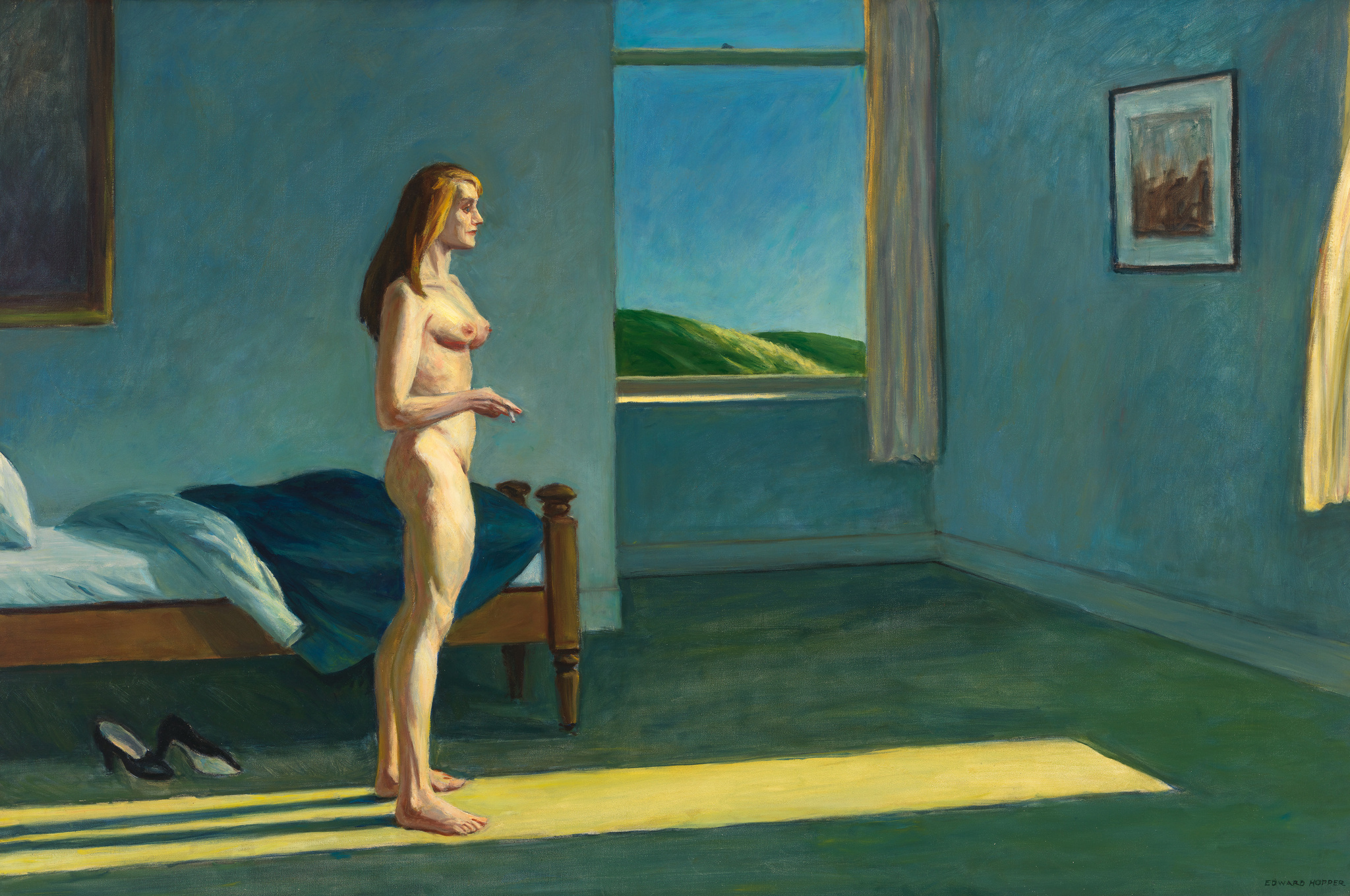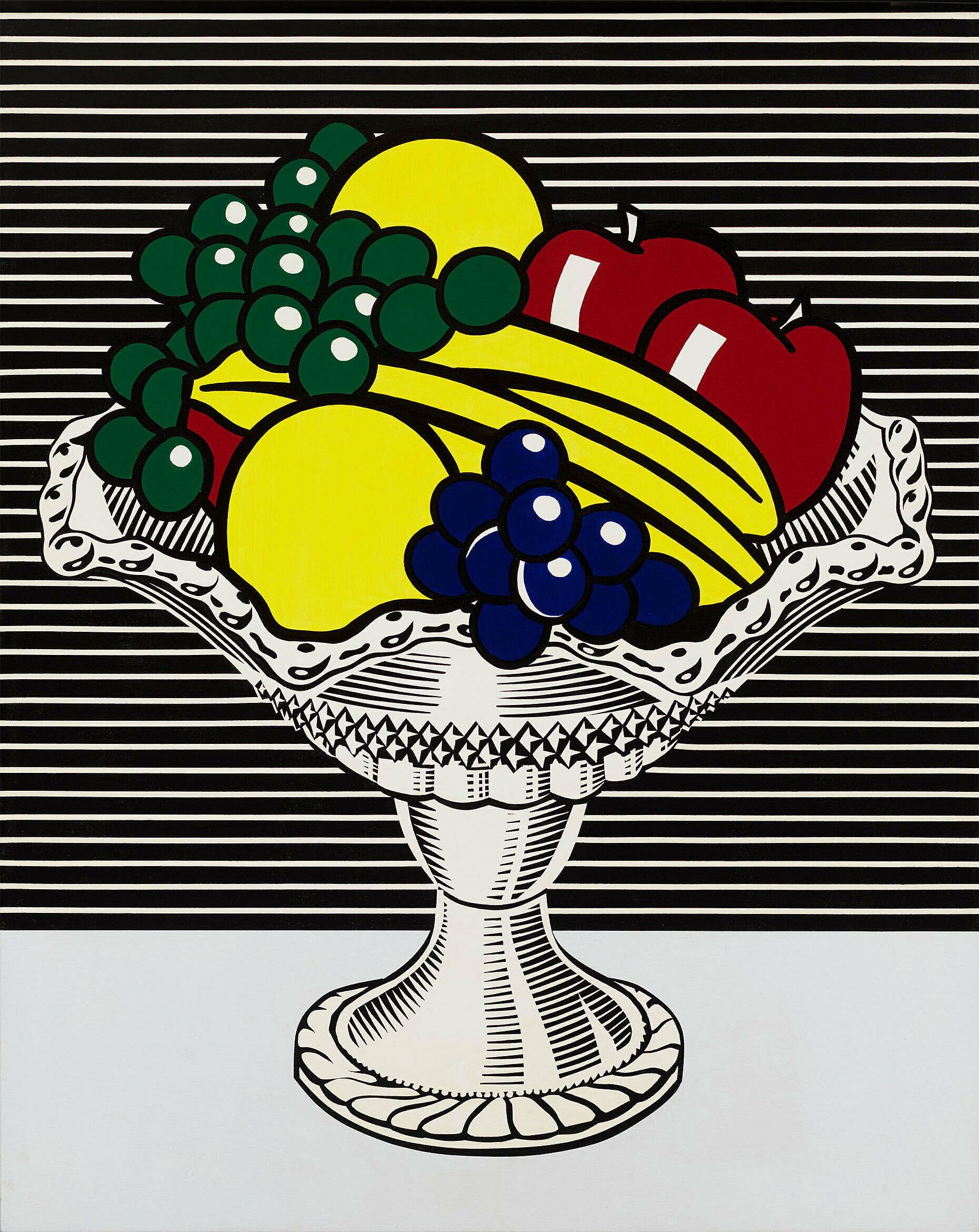About this artist: Edward Hopper
Feb 8, 2013
0:00
About this artist: Edward Hopper
0:00
Narrator: Edward Hopper is often described as a realist. And careful observation was very important to him: sometimes he’d make fifty drawings leading up to a single painting. But the final works came out of a long process of selection, synthesis, and—above all—imagination. For Hopper, truth had to do with emotion, rather than visual fidelity to a particular scene. His canvases often convey solitude—a mood too personal to be realistic.
For much of his early life, Hopper supported himself as a freelance illustrator. He didn’t achieve commercial success as a painter until he was in his 40s. The turning point was his first solo exhibition, held in 1920 at the Whitney Studio Club in Greenwich Village—a hub for independent artists and the precursor to the modern Whitney Museum. Gertrude Vanderbilt Whitney purchased some of his work for the core collection of the Museum when it opened in 1931, and he was included in many Whitney Annuals. In 1970—in recognition of the Whitney’s long support of Hopper—his widow, Josephine Nivison Hopper, left his estate to the Whitney. The bequest included more than two thousand paintings, watercolors, and drawings.


